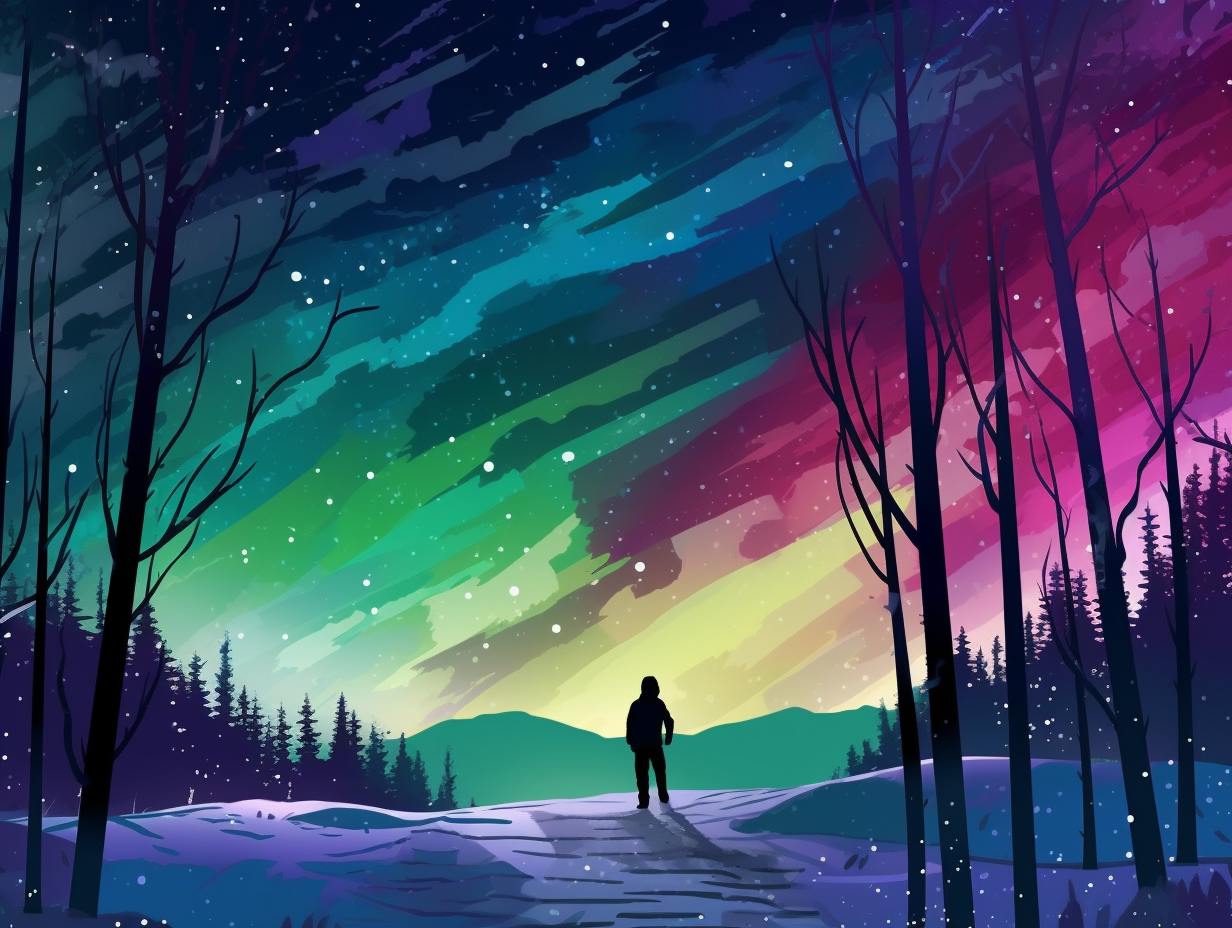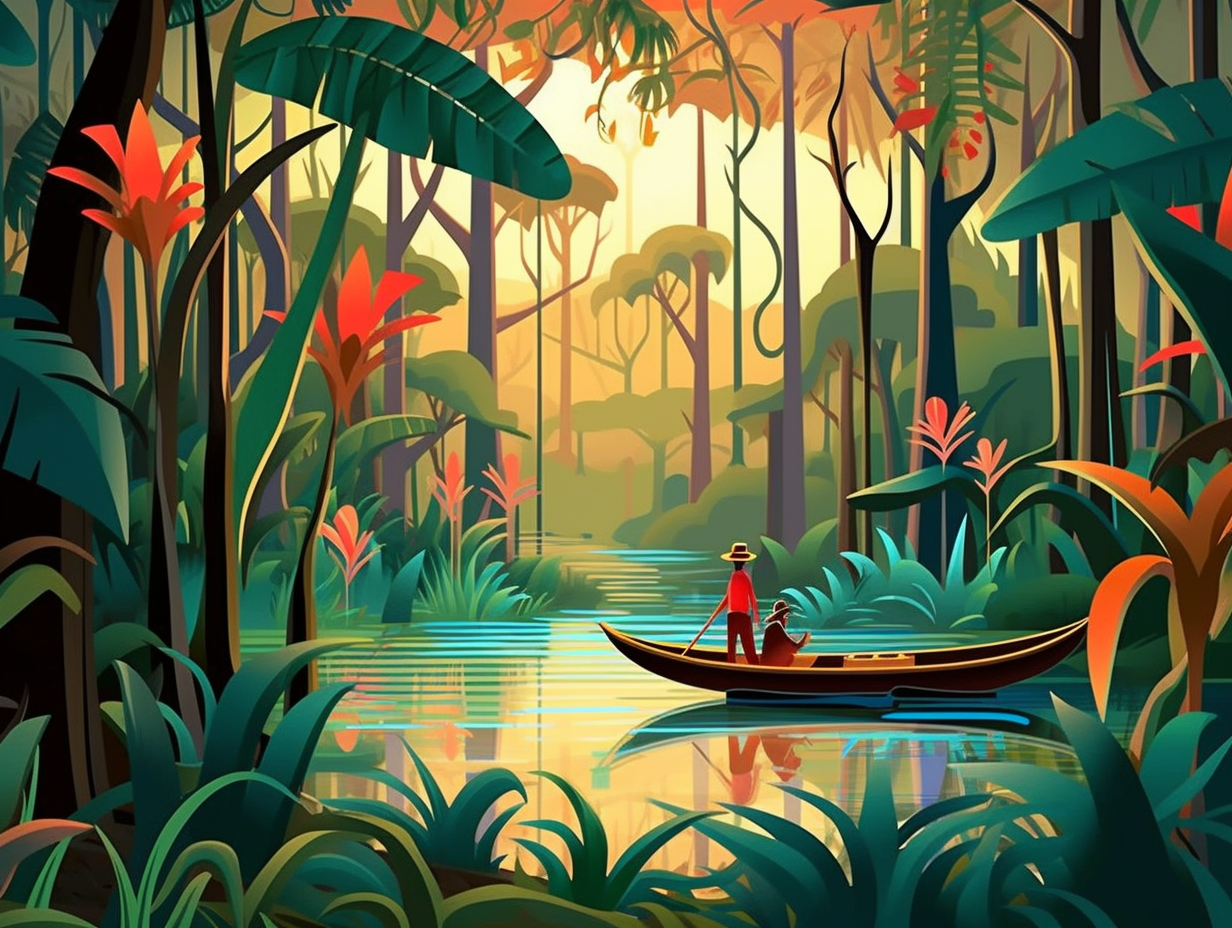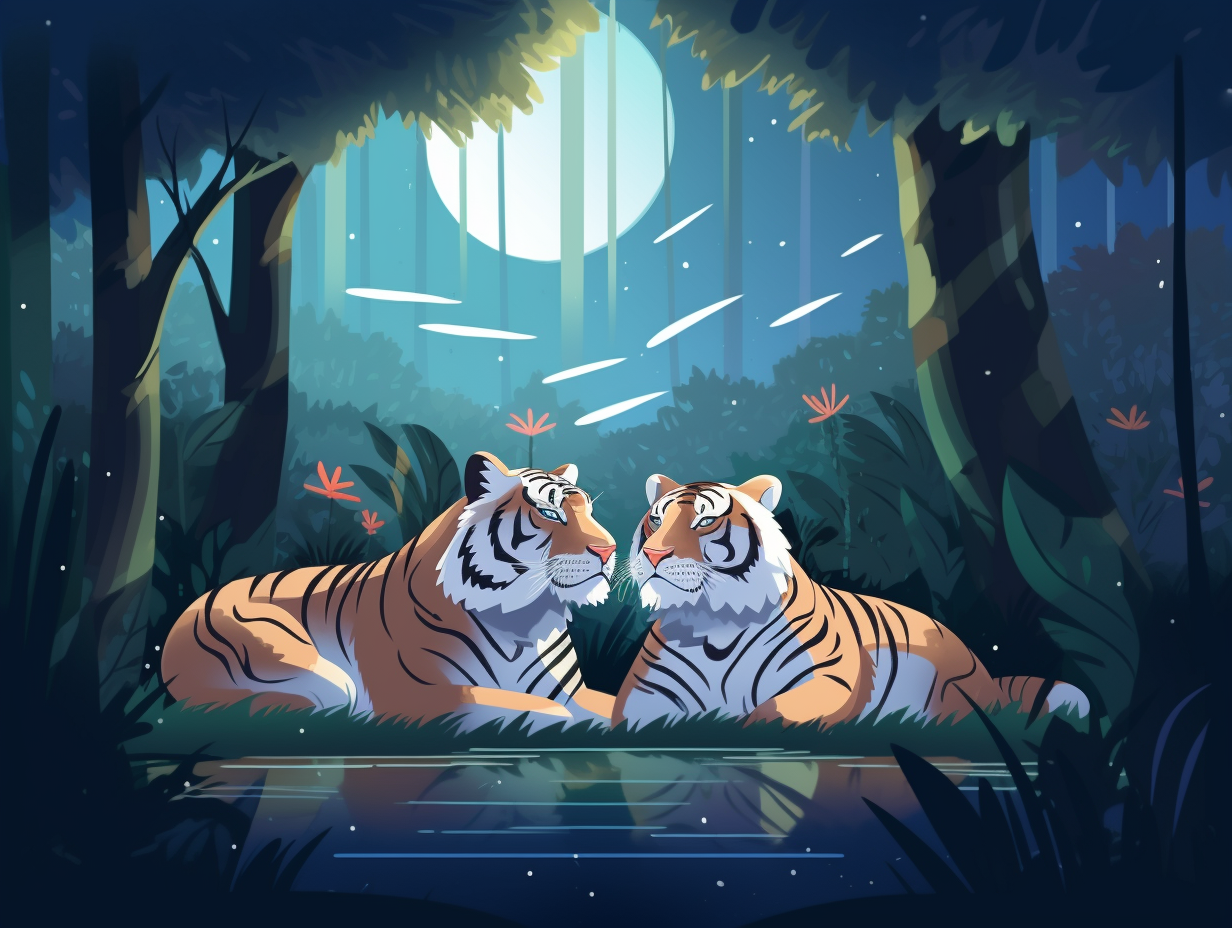Discover the Magic: Top 11 Fun Facts About Sunsets You Never Knew

1. Sunsets: Nature's Instagram Filter
Sunsets: Nature's unpredictable Instagram filter that swaps hues faster than a chameleon with an identity crisis! The colors of a sunset actually vary depending on pollution levels and water vapor in the air, resulting in anything from yellow and orange tones in polluted conditions to pink, purple, green, or even blue hues in different atmospheric compositions.
Source => exploratorium.edu
2. Mother Nature vs. Van Gogh
Who knew Mother Nature was a talented painter, pulling out her color palette each evening and giving Van Gogh a run for his money: The stunning hues of sunsets are actually a result of Rayleigh and Mie scattering in Earth's atmosphere, with shorter wavelengths being cast aside first and leaving the lavish oranges and reds to steal the show, disproving the popular belief that the atmosphere acts like a prism.
Source => noaa.gov

Uncover the secrets of the celestial disco! 🌠Discover how ancient civilizations like the Vikings might have connected with the Northern Lights as a sign from their ancestors. Ready to get lit? ⚡
=> Fun Facts about The-Northern-Lights
3. Sky Kaleidoscope Insights
Sunsets, nature's weekly Instagram filter: These awe-inspiring kaleidoscopes of color are actually caused by the scattering of sunlight by molecules in our atmosphere, influenced by things like aerosol levels and the Sun's angle, offering us insight into our environment's air quality, all wrapped up in a breathtaking visual spectacle.
Source => scied.ucar.edu
4. Fiery Lava Lamp Drama
Mother Nature's got a flair for drama, turning the sky into a giant lava lamp with fiery hues: volcanic eruptions and forest fires amplify the red hues in sunsets due to increased airborne particles, but beware – excessive air pollution from human activities spoils the show and harms our environment.
Source => scied.ucar.edu

5. Sky's Couture Secret
Sunsets: nature's swanky soirées where the sky dresses up in vibrant reds and oranges to bid adieu to the day! The fashion secret behind these stunning hues: it's all about atmospheric scattering! Blue light gets scattered more by gas molecules, while the longer red and orange wavelengths pass through, gracing our eyes during sunsets and sunrises. Clouds and dust particles may add a touch of glam, but they aren't responsible for the colorful couture at these dazzling daily send-offs.
Source => optics4kids.org
6. Mars' Blue Sunsets
Whoever said "roses are red, violets are blue" clearly hasn't been to Mars: The planet actually offers blue sunsets, as seen by rover missions like Opportunity, due to sunlight interaction with the Martian atmosphere, scattering blue photons more than the longer-wavelengths.
Source => universetoday.com
7. Spectacular Sky Wardrobe
Sunsets: a daily reminder that even the sky can't resist a quick wardrobe change into spectacular evening attire! Here's the couture secret behind them: The angle of the sun affects the sky's color palette, scattering longer wavelengths of light like orange, yellow, and red when the sun is close to the horizon, essentially creating a masterpiece on nature's canvas.
Source => scied.ucar.edu
8. Nature's Happy Hour
Sunsets: Mother Nature's own after-work happy hour! Drinks on the house, courtesy of pollution? Not quite: In reality, vibrant sunsets owe their colors to clean air, which allows air molecules to selectively scatter sunlight, emphasizing red and orange wavelengths. High-level clouds, like your friendly neighborhood cirrus and altocumulus, also lend a helping hand by reflecting that last golden ray. So raise a toast to clean air and high clouds when enjoying sunsets—the original mood lighting!
Source => spc.noaa.gov
9. Sun's Stage Fright
Did you know the Sun suffers from chronic stage fright? It's true! In spite of being a giant ball of fire, it relies on Earth's atmosphere to make a grand entrance and exit every day: Due to atmospheric refraction, we can see the Sun for several minutes before it rises and after it sets, making it visible even when it's technically below the horizon, adjusting sunrise and sunset times based on temperature and pressure variations.
Source => timeanddate.com

10. Mood Ring Skies
Sunsets are the ultimate mood ring of Mother Nature: their colors and intensity depend on atmospheric conditions such as the presence of dust, pollution, and high-altitude clouds. In areas with more pollution, sunsets appear muted, while pristine environments like deserts and tropics boast vibrant hues. The splendid colors of each sunset are never the same, thanks to unique mixes of particles and cloud types, and even volcanic eruptions that add their own distinct touches to the sky's canvas.
Source => spc.noaa.gov
11. Mars' Scenic Embrace
If you feel blue, trust Mars to offer a scenic embrace: The dusty Martian atmosphere creates vivid blue sunsets, due to Mie Scattering effect filtering out red light, leaving onlookers with an ethereal bluish-white glow and a dazzling halo around the sun.
Source => scienceabc.com
Related Fun Facts













